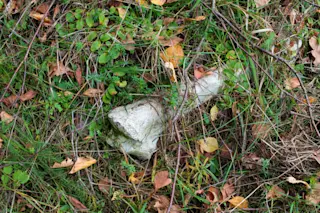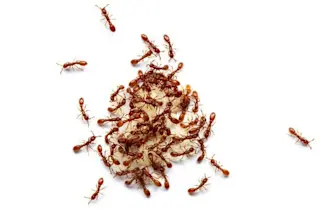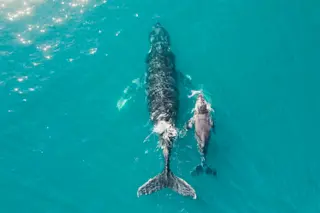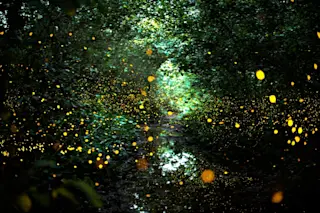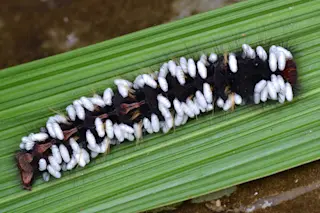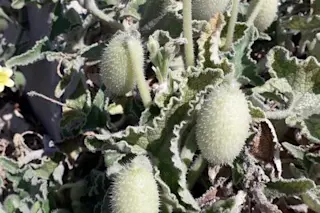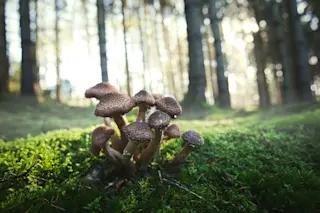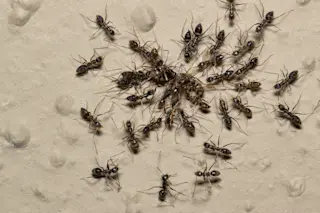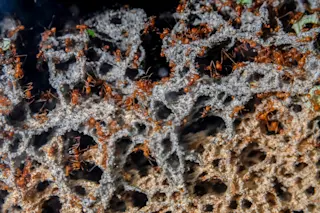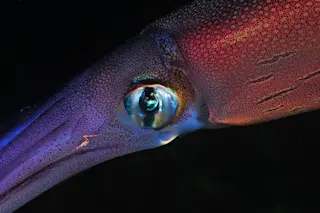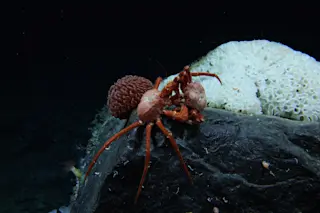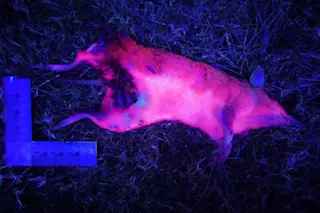I'm back at last from the west coast leg of the Microcosm tour. Portland had a cloudy, melancholy charm, and at Powell's I gave a reading in front of a collection of hand-made black velvet paintings from the nearby Velveteria. When the audience's eyes drifted off of me, I couldn't tell if they were lost in thought or distracted by Jimi Hendrix or a smoking clown. The next day I headed for San Francisco, where I talked to Moira Gunn for her show Tech Nation (link to come). Then I had lunch with Kirsten Sanford, who will be interviewing me on tomorrow's edition of This Week In Science. Then off to Santa Cruz, to talk to Robert Pollie at KUSP for his show Talk of the Bay (link to come). Finally I made my way over to Kepler's in Menlo Park. I spoke there a few years ago, and since ...
E. coli Evolution Follow-up
Discover how E. coli evolution showcases bacterial mutations that enable citrate eating adaptation in groundbreaking research.
More on Discover
Stay Curious
SubscribeTo The Magazine
Save up to 40% off the cover price when you subscribe to Discover magazine.
Subscribe

